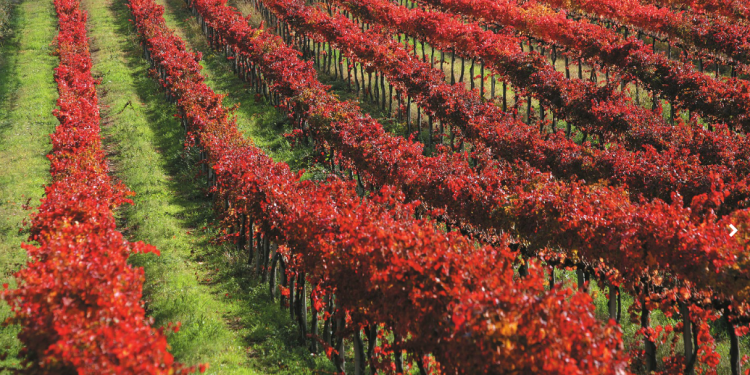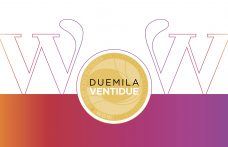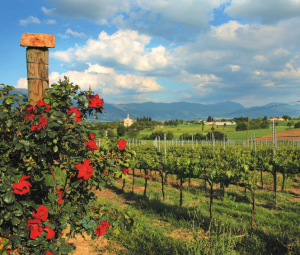
The rise of Montefalco Sagrantino DOCG

Sagrantino is a name that evokes ancient tradition. Perhaps this is why Montefalco Sagrantino is causing such a stir everywhere, becoming an icon not only of a wine area, but also of a precise idea of wine, forming an identity of a region with its own history and culture. The environmental features of the area of Montefalco maintain a distinctive peculiarity of nature, landscape and architecture and create a positive synergy in wine-tourism terms.
New wineries, more tourists
Here are a few figures to corroborate this: since 2000, with a fivefold increase in DOCG vineyard surface area (from 122 to 650 hectares) and the creation of 30 new wineries, production of Montefalco Sagrantino DOCG has tripled, from 660,000 bottles to over 1.5 million, accounting for a turnover of 100 million euros.
These data affect above all the local economy, which recorded a 3% rise in employment and 36% in production in 2013, with a 17% increase in tourists. It should be pointed out that, in recent years, the Sagrantino phenomenon has slowed slightly due to the characteristics of this challenging, complex wine that needs long ageing: currently, where there is a return to wines that are more marked by drinkability, finesse and immediacy, a wine like this Umbrian one is suffering a little from these changes in consumer taste.
Asian or native origins?
Martial already mentioned Montefalco wines in the first century AD; Pliny the Elder (Naturalis Historia) wrote of Hirtiola grapes produced in the municipality of Mevania (between Bevagna and Montefalco); this variety has only recently been compared to Sagrantino by the archaeologist Carlo Pietrangeli and also has ancient or- igins as it has been in the area for at least a thousand years, possibly imported from Asia Minor by the Franciscans to produce a dried-grape wine to use in rituals, hence the name Sagrantino. But there is no lack of alternative theories, which claim the totally native origin of this grape in the Umbrian area, the offspring of a mix of local wild varieties.
Montefalco Sagrantino the Papal States’ best wines
In the 16th century, Sagrantino appeared in an official document lodged in the notarial archives of Assisi. A municipal decree from 1540 fixes the date of the start of the grape harvest in Montefalco. At the start of the 1800s, the historian Serafino Calindri mentions the area around Montefalco as the production area of some of the Papal States’ best wines. In the following decades the variety risked extinction, and only at the end of the century did a wine called Sagrantino appear, though this name does not appear in any prior historical document (unless referring to the grape variety). We can infer from this that it is an ancient wine that has been renamed in modern times; if this is true, Pietrangeli could well be right in linking the ancient grape Hirtiola to Sagrantino. This also makes the theory of the Asian origin of the variety uncertain in favour of a local genesis.
Read the full article for free on Italian Wine Chronicle 3-2015 –> click here
See also ...



Alto Adige meets Alsace at the home of Gewürztraminer
Gewürztraminer in Alto Adige and Alsace: a focus on the differences in terroir, Read more


